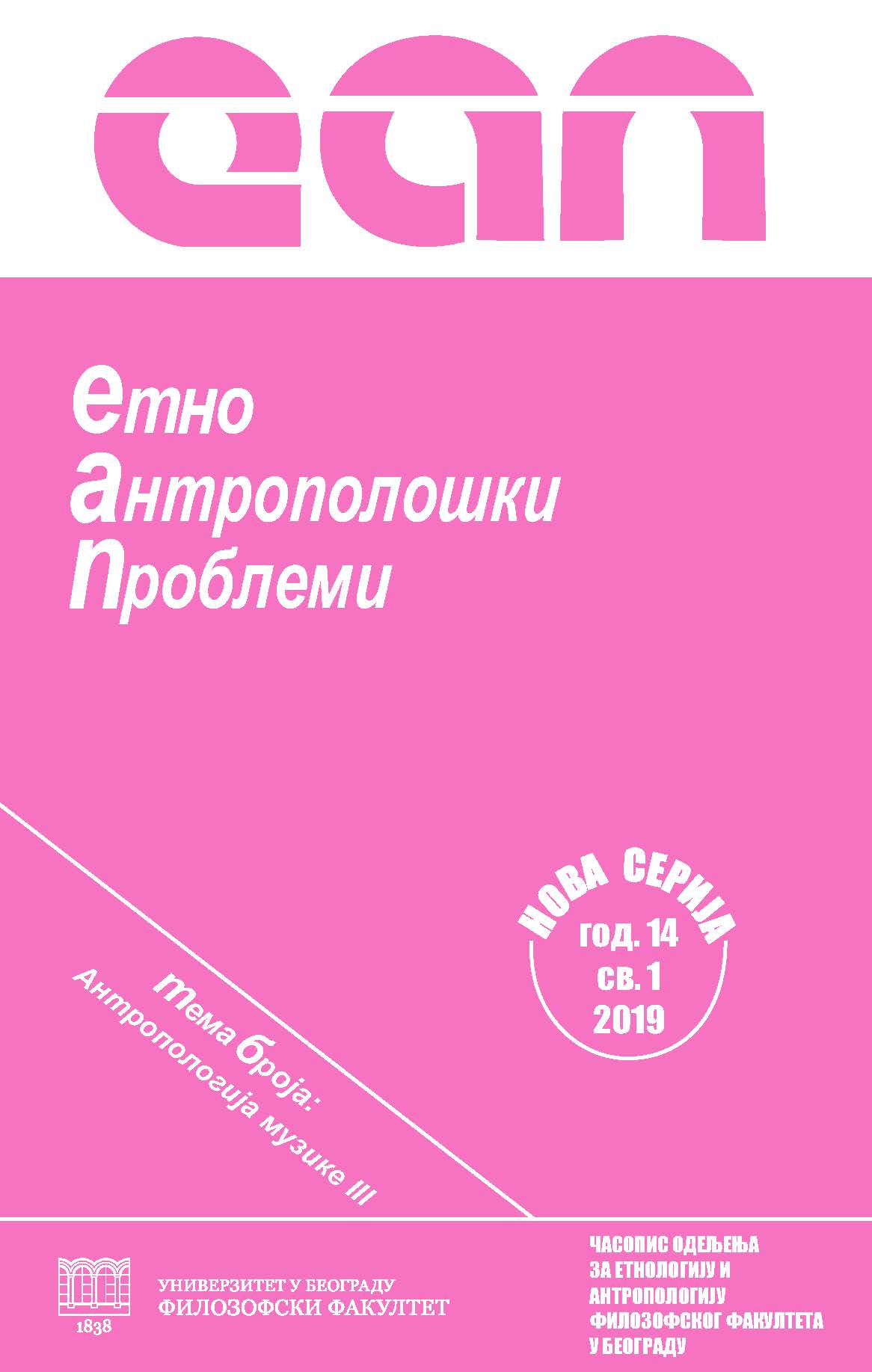Прилог проучавању иконографије и значења представа Сунца и Mесеца у византијској и српској средњовековној уметности са посебним освртом на небеска светила у Цркви Светог Николе у Пелинову (1716/1717)
Contribution to the Study of the Iconography and Meaning of the Sun and Moon in Byzantine and Serbian Medieval Art with Special Interest in the Celestial Luminaries in the Church of St. Nicolas in Pelinovo (1716/1717)
Author(s): Anđela GavrilovićSubject(s): Social Sciences
Published by: Филозофски факултет, Универзитет у Београду
Keywords: Sun; Moon; heavenly luminaries; byzantine art; Saint Nicolas in Pelinovo; iconography; meaning
Summary/Abstract: The paper offers an analysis and а description of the scenes of heavenly visions in the art of Byzantium and medieval Serbia. The analysis of the scenes in which they appear, the iconographic features of heavenly luminaries, the specific contexts and the reasons for their depiction are discussed in the present paper. The author especially refers to two frescoes with the representations of the heavenly luminaries, the Sun and the Moon, in the painting of the church of St. Nicholas in the village of Pelinovo in Grbalj, Montenegro (1716/1717; ill. 1–4). Although the appearance of the celestial luminaries, their dimensions and placement in the iconographic program of the church as well as the reasons for their depiction are unique in Serbian painting done in the Byzantine tradition, to this day, the luminaries from Pelinovo did not represent the subject of the scientific research. For these reasons, this paper is dedicated to the above-mentioned issues.In the church of St. Nicholas in Pelinovo, the Moon is depicted en face, in a form of a large yellow sphere with large eyes and nose (ill. 2), without radial rays, while the Sun is portrayed in the same manner, in red color in a form of a fiery globe (ill. 1). The inscription next to the representation of the Sun is destroyed, while the Moon is marked as “Luna” in the Serbian redaction of Old-Slavonic. The Sun is shown as great luminary, and the Moon as a small luminary, according to the biblical narrative (Genesis 1:16). The heavenly aspect of the luminaries is determined by their depiction in the upper part fo the scene – on the blue ground, which symbolizes the sky as well as with their perfect spherical shape. As the figures of the Virgin, of Christ and of St. John the Forerunner in Pelinovo form a Deeisis, it is noticed that the heavenly luminaries are depicted in the scope of that composition (ill. 3–5). Therefore, the history of showing the Sun and the Moon in the Deesis scenes is considered in the paper. Apart from the above-said, it was concluded that the Sun is the symbol of Christ and the Moon the symbol of the Virgin Mary and the Church.
Journal: Етноантрополошки проблеми
- Issue Year: 14/2019
- Issue No: 1
- Page Range: 361-382
- Page Count: 22
- Language: Serbian

